Percer-Voir | Hobart
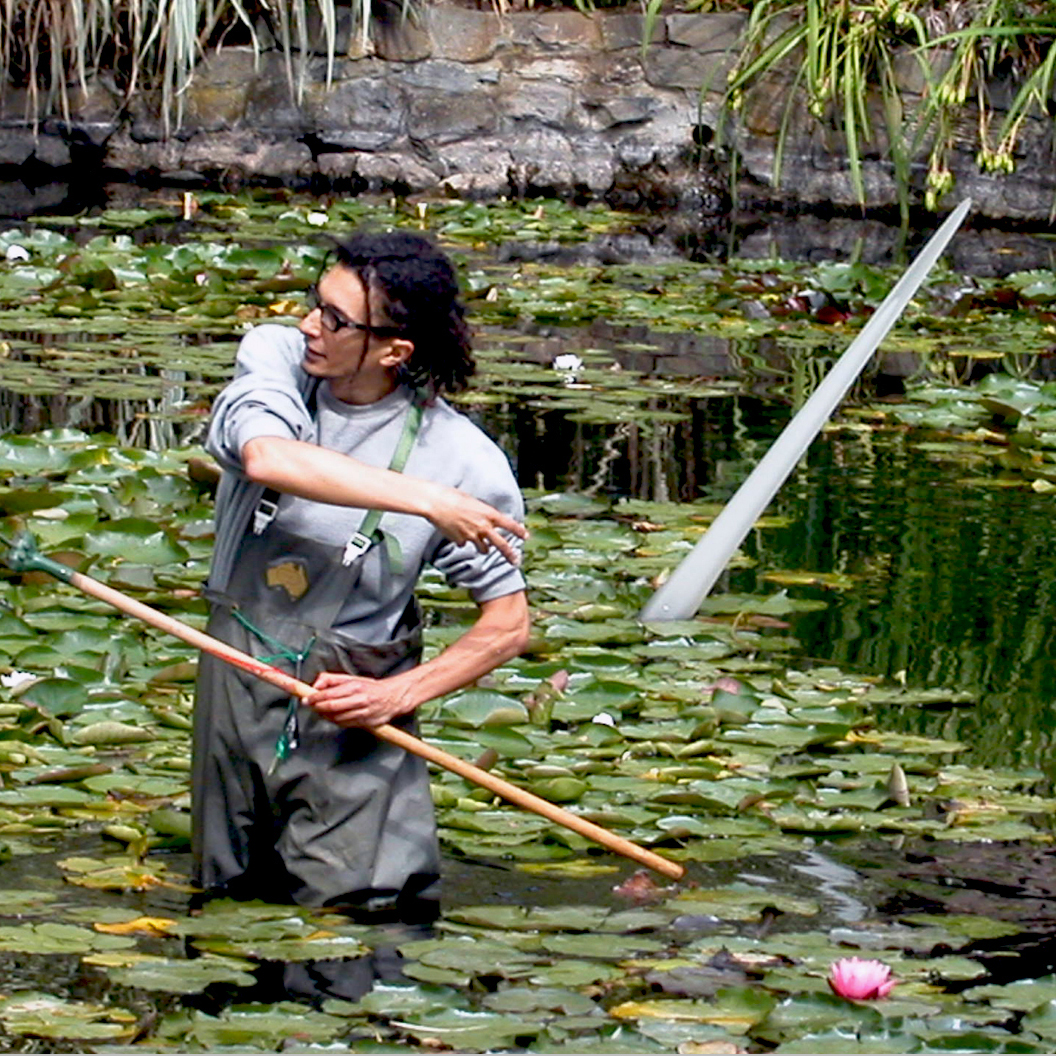
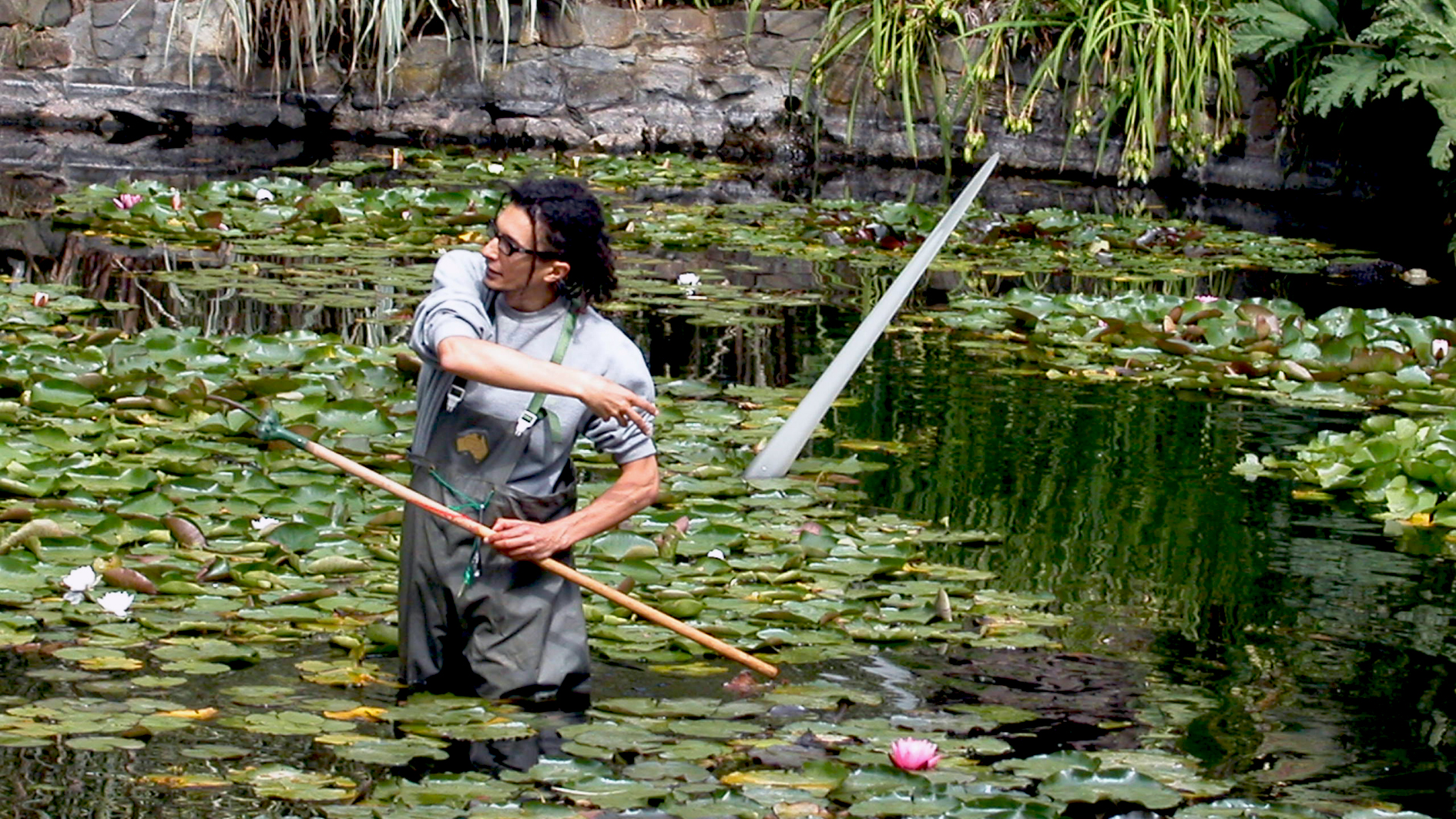
Percer-Voir n°2 March 28 - April 8, 2003, Royal Tasmanian Botanical Gardens, Hobart Conceived for Ten Days on the Island Curated by Robin Archer In collaboration with Alcorso Foundation - University of Tasmania
Percer-Voir n°2 is an environmental installation created specifically for the lake at the Royal Tasmanian Botanical Gardens in Hobart, Australia. Composed of 14 glass spires, the work was conceived to interact with both the natural surroundings and the viewer’s perception. Anchored into the earth using iron rods, the glass elements rise out of the ground or water, giving the illusion that they are emerging organically from the landscape. Natural light plays a fundamental role in activating the work. As sunlight strikes the matte glass surfaces, it generates shifting reflections and refractions that lend the spires an ethereal and dynamic presence. These optical effects expand and alter the viewer’s perception of space, encouraging a deeper, more intuitive engagement with the environment. The glass forms—sharp points or crystalline tips—appear to float or vibrate as one moves through the space. This subtle interplay between viewer movement and sculptural rhythm creates a visual flow that links earth and sky. The resulting spatial dialogue evokes a visionary landscape, one traversed by currents of light and energy. The title Percer-Voir, derived from the French for “pierce” (percer) and “see” (voir), invites a dual reading: to see by piercing, and to pierce through in order to see. This linguistic play underscores the work’s conceptual core—the physical penetration of space by the glass forms as a metaphor for an inner awakening. The installation calls for a perception that transcends the rational, revealing something deeper and more resonant within ourselves. These pointed glass elements may be interpreted as archetypal forms—symbols of a primal structure shaped by spiritual forces. Suspended between matter and energy, they represent the creative vitality of nature, constantly renewing itself through unseen yet potent forces. The work gestures toward a dimension of reality that escapes superficial observation, inviting contemplation of the invisible energies that sustain the natural world. Percer-Voir continues Andrea Morucchio’s exploration of the relationship between form, material, and spatial perception. A significant precursor to this installation can be seen in his 2002 site-specific work at the Cloisters of San Pietro in Reggio Emilia. In both cases, the artist transforms the surrounding environment into a sensorial and perceptual field, one that shifts according to light, perspective, and the viewer’s own movement. The repeated use of glass in this phase of Morucchio’s work is a deliberate choice, rooted in the material’s unique properties: transparency, reflectivity, and its ability to dematerialize and animate under changing light. Through Percer-Voir, glass becomes more than a medium—it becomes a conduit for opening new modes of seeing, feeling, and understanding, offering a poetic and profound re-visioning of space.
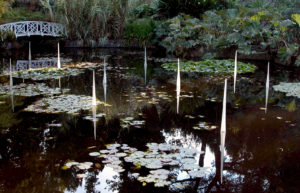
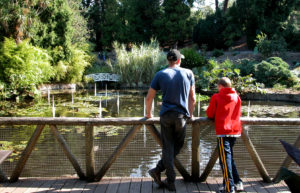
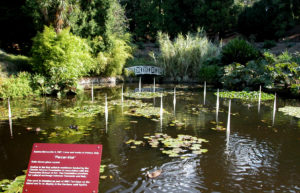
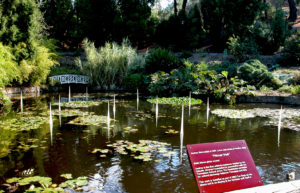
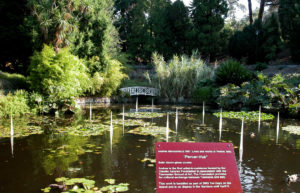
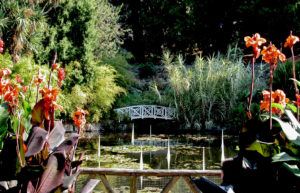
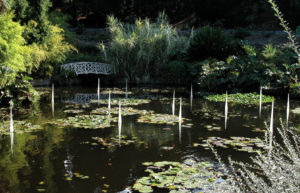
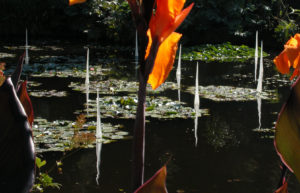
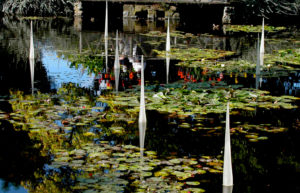
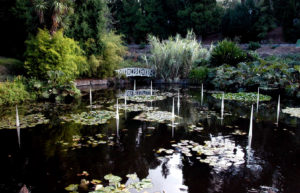

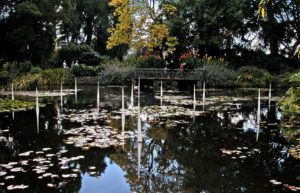

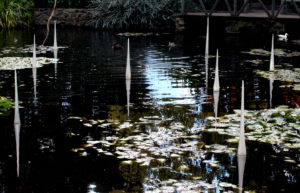
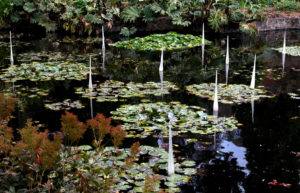
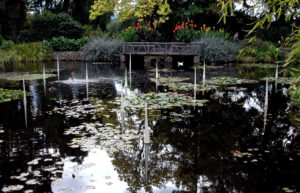
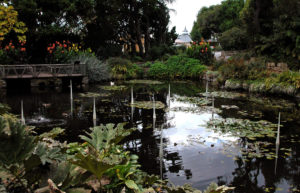
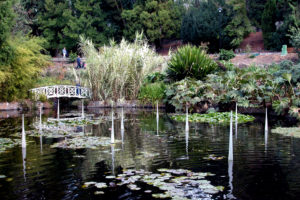
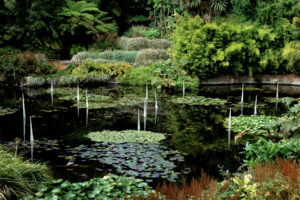
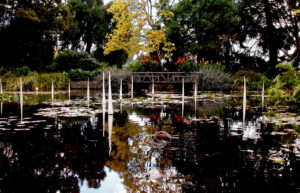
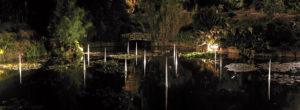
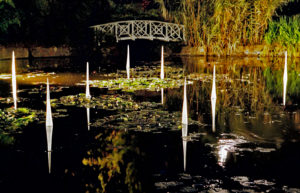
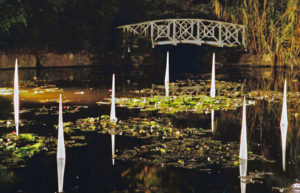
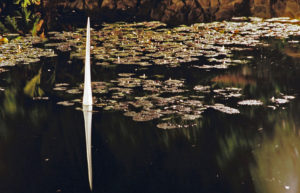
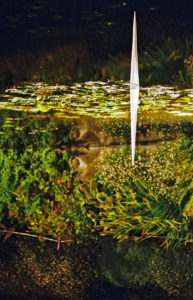
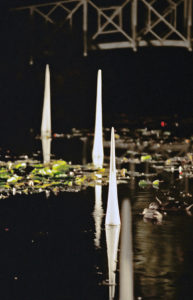
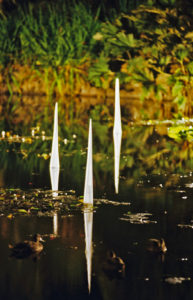
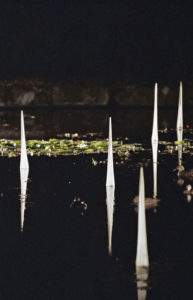
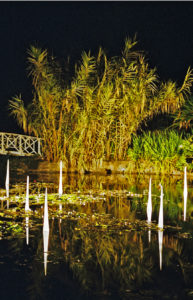
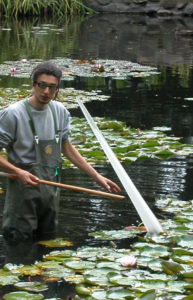
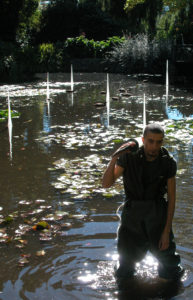
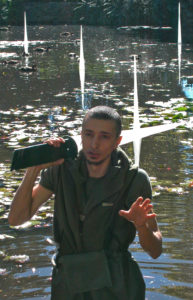
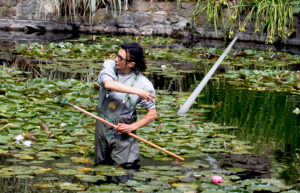
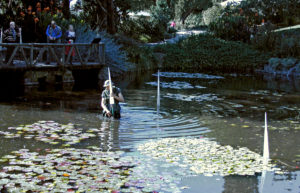
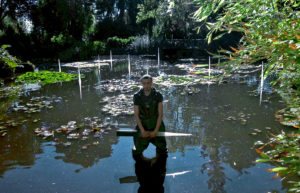
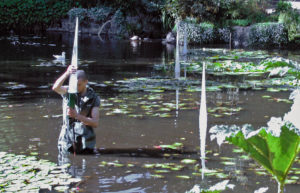
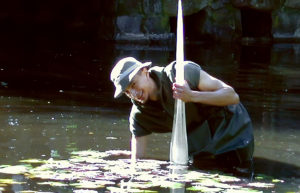
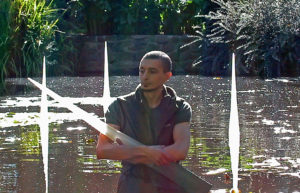
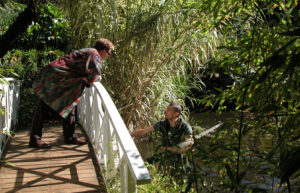
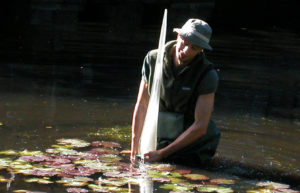
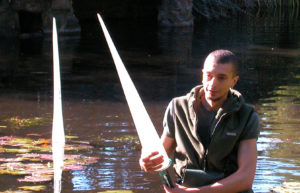
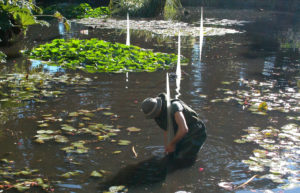
____




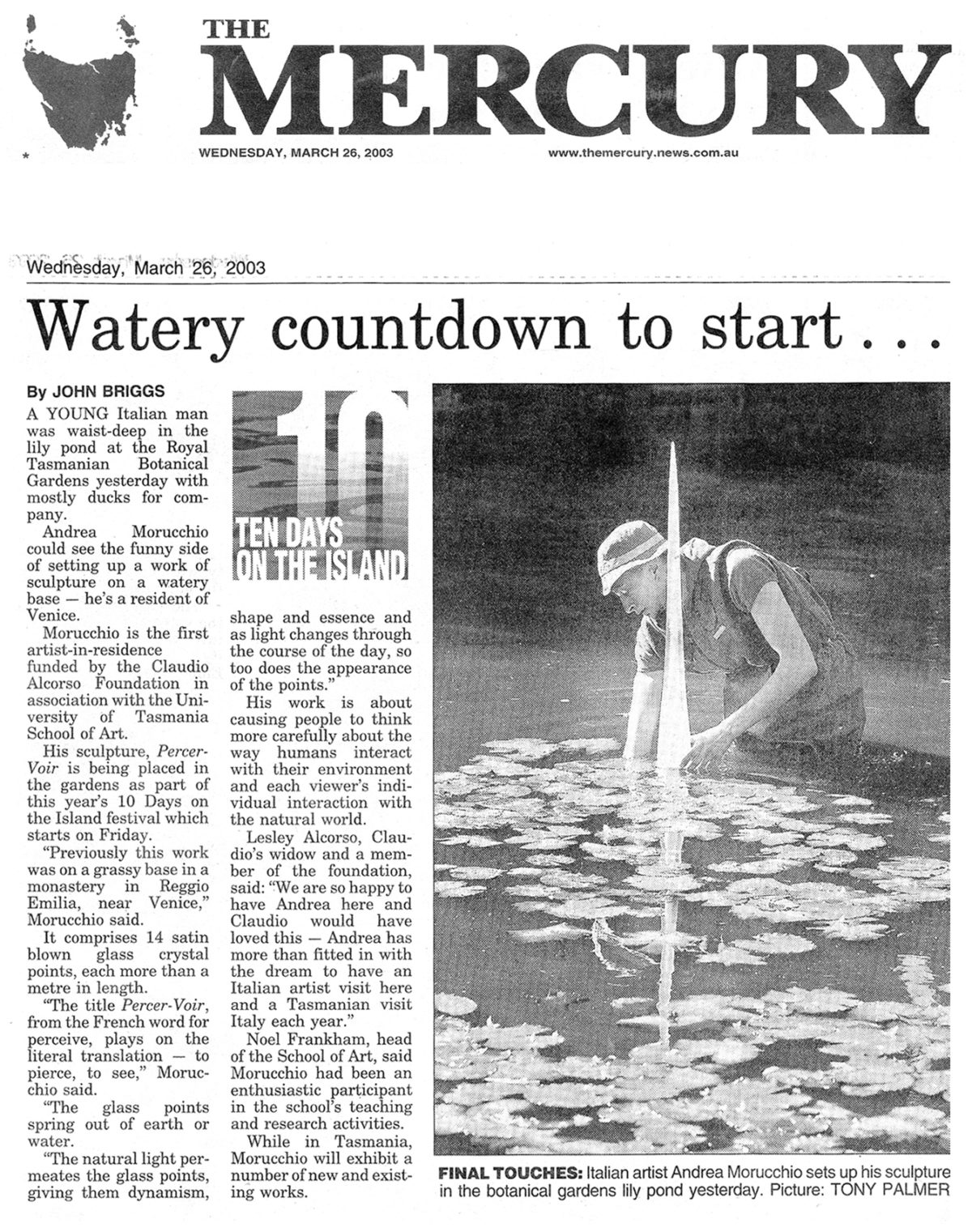 The Mercury | 26.03.2003
The Mercury | 26.03.2003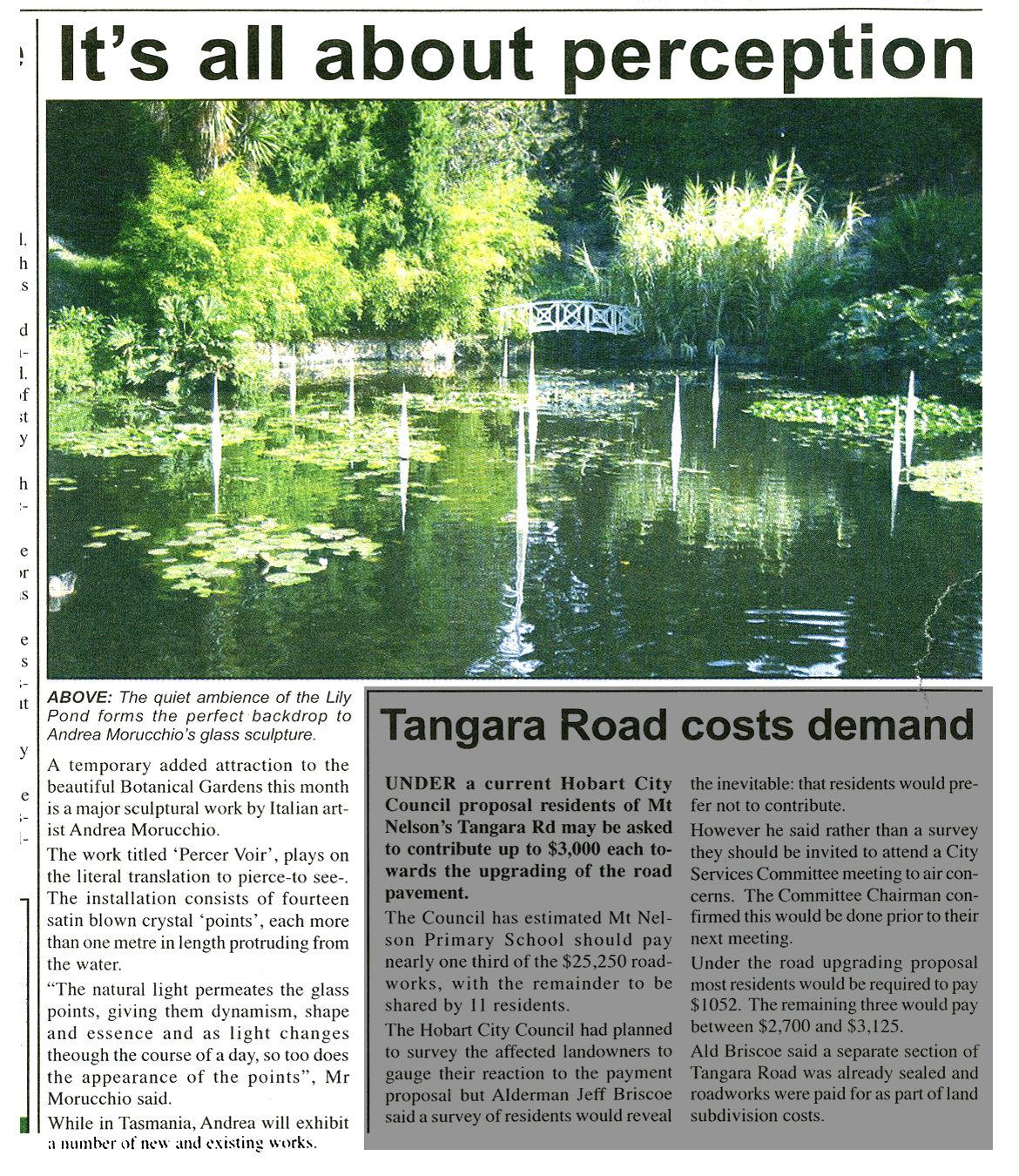 Bay Side Village | 2003
Bay Side Village | 2003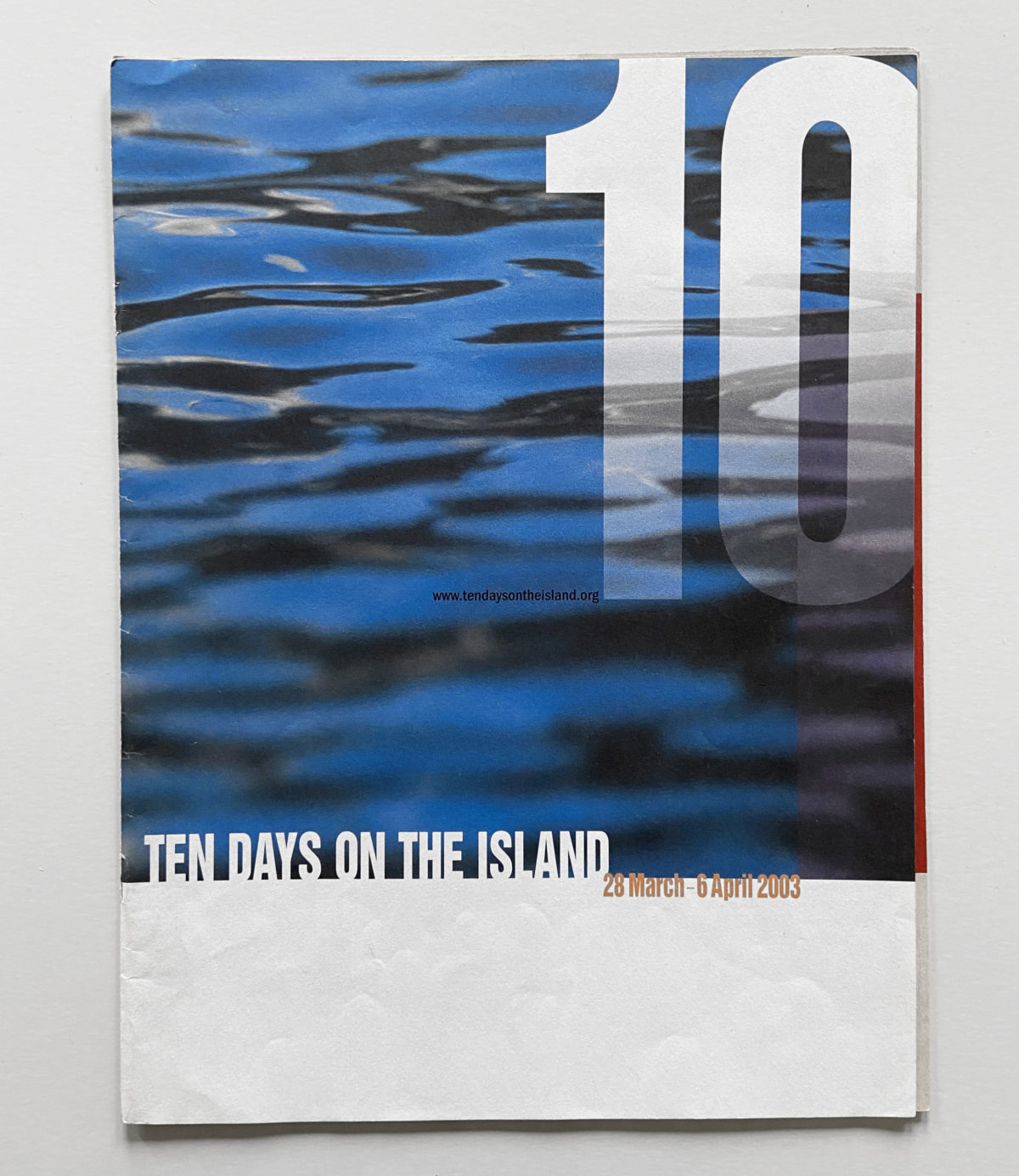 Ten Days | 2003
Ten Days | 2003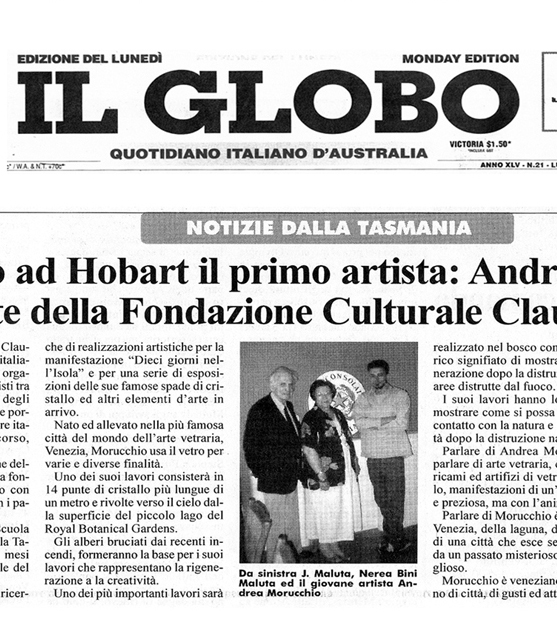 Il Globo | 3.02.2003
Il Globo | 3.02.2003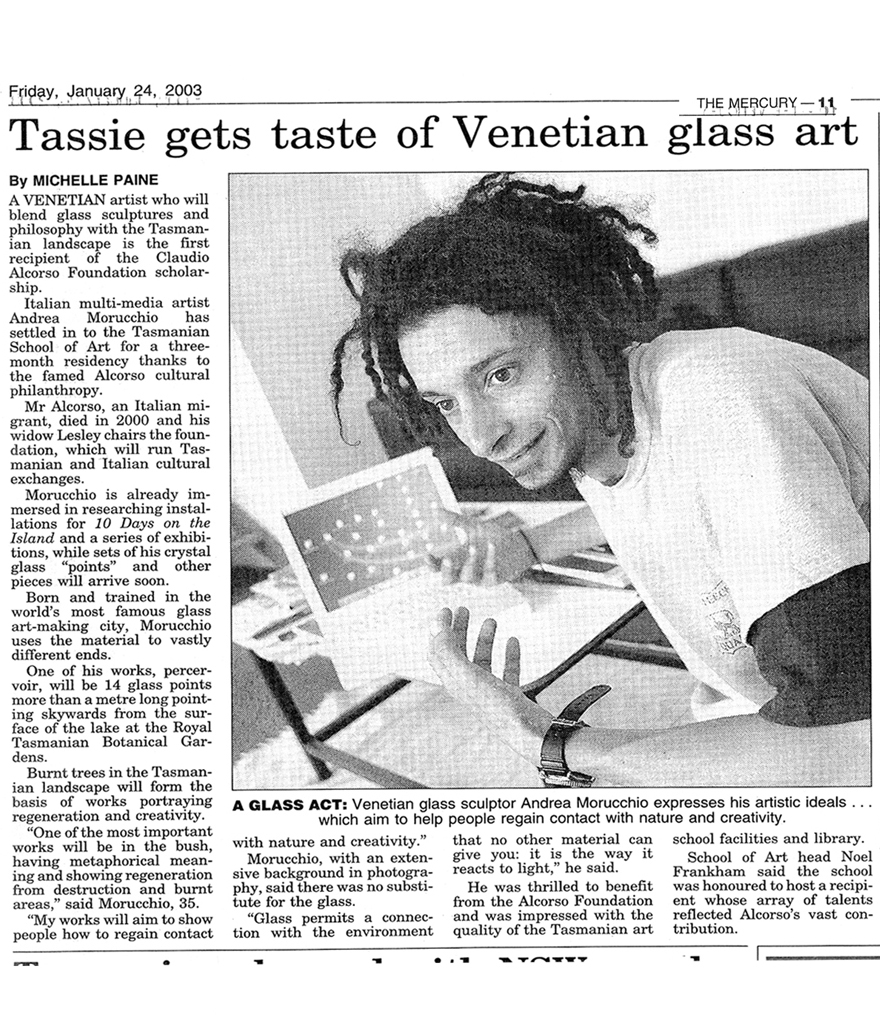 The Mercury | 24.01.2003
The Mercury | 24.01.2003